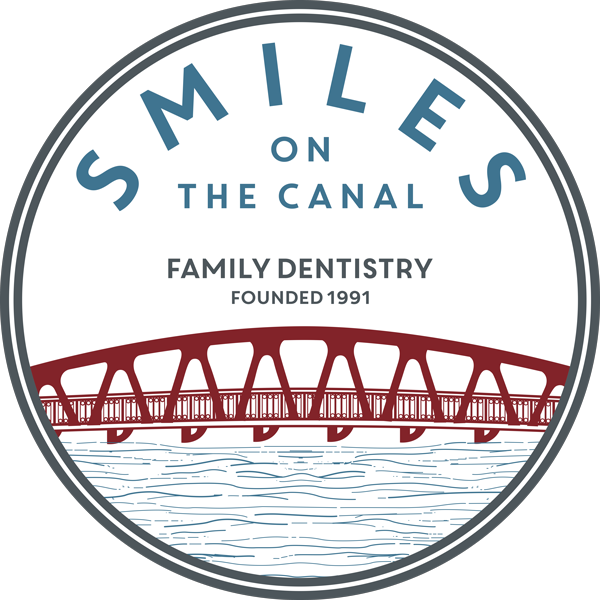We never really know or fully understand the value of something until we lose it. When you lose a permanent tooth, it may not seem to be a serious issue to you. But losing a tooth has serious consequences. Apart from affecting your bite and changing your appearance, it can cause stress and damage to other teeth and your jawline. Losing a tooth also places other teeth at a higher risk of tooth decay. If you have had a tooth extracted, you may be an ideal candidate for a dental bridge. Similarly, if you have lost a tooth from natural causes, it is time you give us a visit at Smiles on the Canal.
BRIDGES
What is a Dental Bridge?
A dental bridge is a restorative measure to replace a missing tooth or teeth by joining an artificial tooth. They are called bridges as they fill or bridge the gap between your existing teeth caused by the missing tooth or teeth. They are used to secure your existing teeth as well as to hold prosthetic teeth in place. They do not move like dentures as they are a permanent fixture. They are secured to your existing teeth often by using crowns. Bridges have several benefits, as follows:
- Restores aesthetics and improves your smile
- Restores the function of the teeth
- Prevent crowding that is caused by shifting of teeth
- Maintain the structure of your face as they reduce the risk of bone loss
- Distributes the stress on your teeth during chewing
- Prevent the remaining teeth from drifting out of position
What are the Different Types of Dental Bridges?
Bridges are false teeth, also called pontics, secured to neighboring teeth for support. Like crowns, they can be made from alloys, porcelain, or a combination of these materials. Your dentist at Smiles on the Canal will examine your teeth before determining whether a dental bridge is ideal for you. We will also help you decide on the most suitable type of bridge from the options below.
- A traditional dental bridge is the most popular dental bridge. It is made from porcelain fused to metal. Ceramics are used if you have natural teeth on both sides of the gap created by a missing tooth. Your dentist will remove a layer of the enamel from the adjacent teeth to make room for the crowns that will hold the bridge on both sides.
- A cantilever bridge is very similar to a traditional bridge. It is used when only one tooth crown can be used, and the entire bridge is supported by that single tooth crown. It is not recommended where there is too much force on the teeth as it can cause damage to the teeth. Similar to traditional bridges, the enamel of the adjacent tooth is removed to prepare it to support the bridge.
- A Maryland bridge is also called a resin-bonded bridge and a conservative alternative to the traditional bridge. They are made either from porcelain or porcelain fused to metal, or plastic teeth and gums supported by a metal or porcelain framework. Instead of using crowns, the bridge is bonded to the back of the teeth on both sides of the bridge.
- An implant-supported bridge is used if you are missing more than two teeth. Crowns are placed on the implants supporting the bridge that holds one or more teeth. One implant is placed for every missing tooth, and a series of implants holds the bridge in place. They feel very secure and comfortable as they are held by implants.
Contact Us Today!
Don’t let a missing tooth stop you from smiling. Visit the team at Smiles on the Canal and let us help you bridge the gap!
Practice Hours:
Monday → 8AM – 5PM
Tuesday → 8AM – 5PM
Wednesday → 8AM – 5PM
Thursday → 8AM – 2PM
Fri, Sat, Sun → CLOSED

